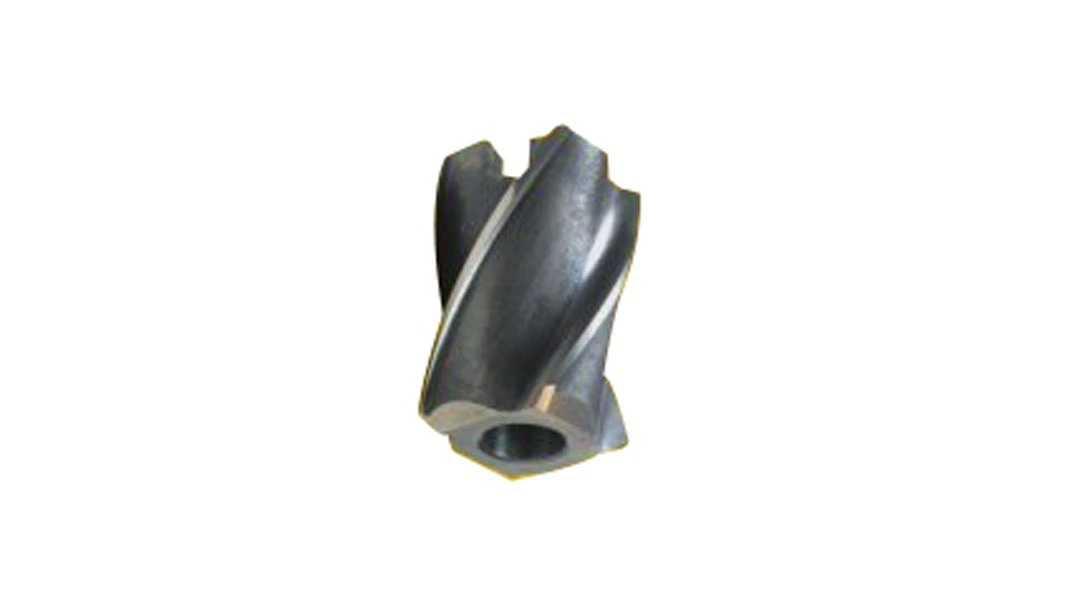When it comes to drilling precise and accurate holes in various materials, shell core drills emerge as indispensable tools in the arsenal of machinists and craftsmen. Shell core drills, also known as annular cutters or core drills, offer significant advantages over traditional twist drills. In this blog post, we will delve into the world of shell core drills, enhancing efficiency and precision in drilling operations and exploring their unique design, benefits, and applications in drilling operations.
1. Understanding Shell Core Drills:
Shell core drills are cylindrical cutting tools specifically designed for creating large-diameter, high-quality holes in materials such as metal, wood, plastic, and composites. Unlike conventional twist drills that remove material along the entire length of the hole, shell core drills remove material only from the periphery, leaving behind a solid core or slug. This design provides several advantages, including faster drilling speeds, reduced power consumption, and enhanced hole quality.
2. Unique Design Features:
Shell core drills consist of a hollow body with a cutting edge formed by multiple teeth or inserts around the periphery. The cutting teeth are typically made of high-speed steel (HSS) or carbide, ensuring durability and longevity. The hollow design allows for efficient chip evacuation, preventing clogging and facilitating smooth drilling operations. The drills are commonly available in various diameters and cutting depths to accommodate different hole sizes and depths.
3. Benefits of Shell Core Drills:
a. Faster Drilling Speed: Due to their unique design, shell core drills require less power and exert lower cutting forces, enabling faster drilling speeds compared to traditional drills. This translates into reduced machining time and increased productivity.
b. Improved Hole Quality: Shell core drills produce clean, precise, and burr-free holes with minimal heat generation. The absence of a central point reduces wandering or deviation during drilling, resulting in more accurate holes and improved surface finish.
c. Cost-effectiveness: The ability to remove material only from the periphery leads to efficient use of resources and extended tool life. The slug or core produced can also be reused or recycled, minimizing waste and lowering operating costs.
4. Applications of Shell Core Drills:
Shell core drills find wide application in various industries, including metalworking, construction, fabrication, and maintenance. They are particularly suitable for tasks such as:
- Creating large-diameter holes in structural components, pipes, and tubing.
- Installing electrical and plumbing systems, as well as HVAC equipment.
- Producing holes for anchor bolts, dowels, and fasteners.
- Repairing and modifying existing structures and machinery.
Conclusion:
Shell core drills have revolutionized the drilling process, offering improved efficiency, precision, and cost-effectiveness compared to traditional twist drills. Their unique design features, including efficient chip evacuation and the ability to produce clean and accurate holes, make them invaluable tools in a range of drilling applications. By harnessing the power of shell core drills, machinists can enhance productivity, achieve better hole quality, and optimize their operations in various industries.

